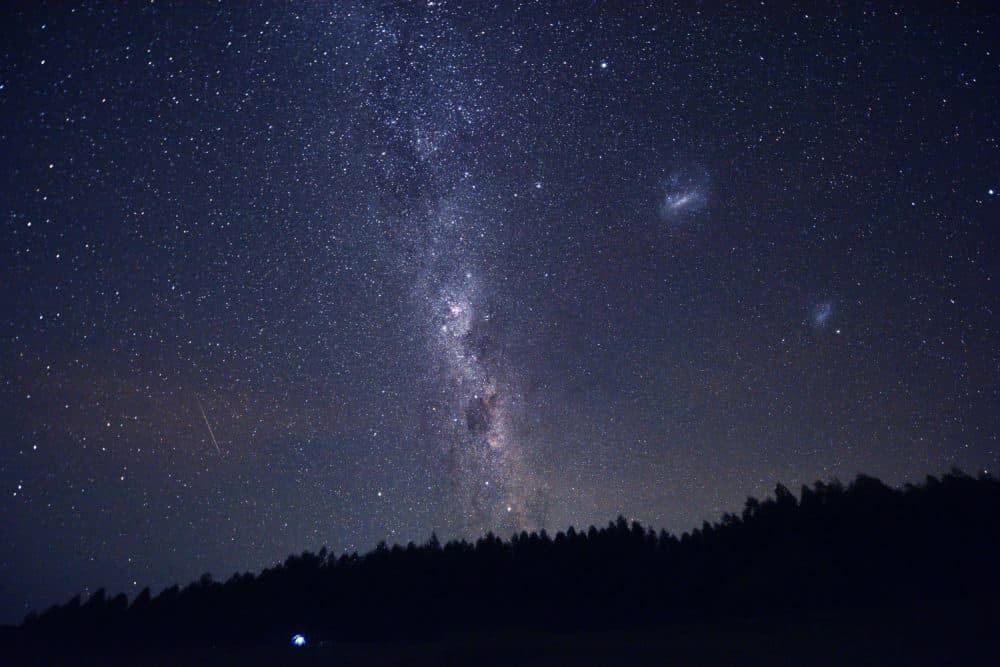Advertisement
Exploring the origins of the Milky Way galaxy
Resume
A new analysis from two astronomers at the Max Planck Institute for Astronomy in Heidelberg, Germany, provides a better understanding of the Milky Way's dramatic early years.
By determining the age of individual stars in the galaxy, astronomers Hans-Walter Rix and Maosheng Xiang found that the thick disk of stars in the Milky Way began forming 13 billion years ago — 2 billion years earlier than scientists thought and only .8 billion years after the Big Bang. The findings provide new insights into the origins of Earth’s home.
Stars form when gas settles into a disk and parts of it collapse. The new research indicates this began happening in the Milky Way right after the Big Bang, Rix says.
“We can now with telescopes see other galaxies very, very far away, where the light has taken 13 billion years to come to us. And we see they have started forming stars,” he says. “It's really gratifying that in our own cosmic home, we could see that we also got the same headstart as other galaxies.”
In the cosmos, galaxies are like big cities where everything happens, Rix says.
“Stars are born. Planets form. And like big cities, galaxies weren't born in the day,” he says. “Like Rome, our own Milky Way has a very long history that goes way back.”
Plenty of questions remains about the origins of the Milky Way. Rix believes a satellite galaxy fell toward the center of the Milky Way early on and created more stars.
Next, Rix and Xiang want to date the stars that came from the satellite galaxy intrusion and use that information to piece together the Milky Way’s origin story.
“Imagine you know suddenly all the ages of the ruins in Rome much more precisely,” he says. “That doesn't tell you yet the history.”
Kalyani Saxena produced and edited this interview for broadcast with Todd Mundt. Allison Hagan adapted it for the web.
This segment aired on April 8, 2022.


